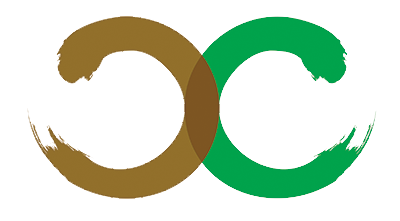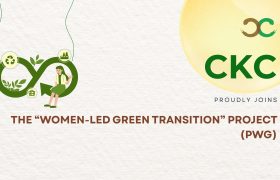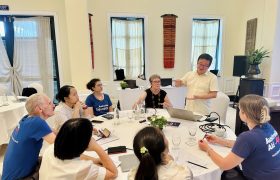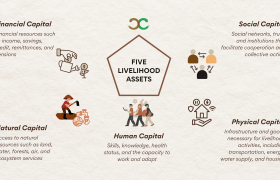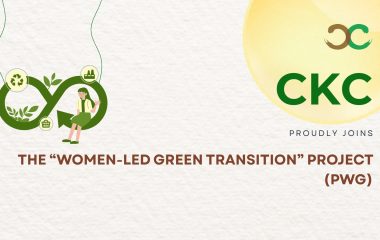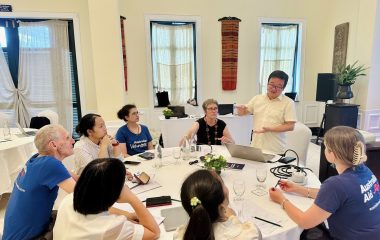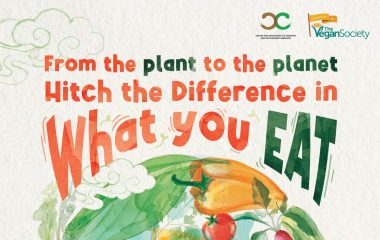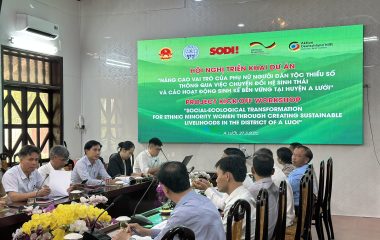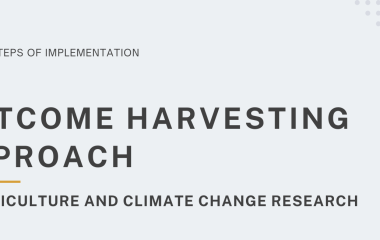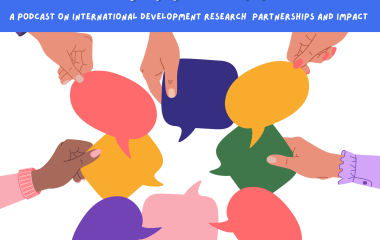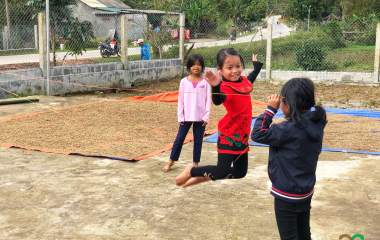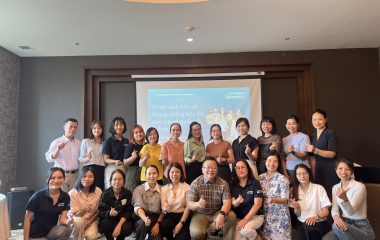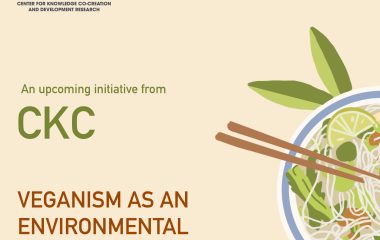Applying the Sustainable Livelihood Framework to Strengthen Community Resilience in a Rapidly Modernizing Vietnam
- 13 June, 2025
- ckcvietnam

Sustainable livelihoods are those that enable individuals and communities to withstand and recover from external shocks and stresses while maintaining or enhancing their asset base and capabilities. The Sustainable Livelihood Framework (SLF), developed by the UK Department for International Development (DFID), provides a comprehensive analytical tool for understanding the factors that influence livelihood outcomes and for designing interventions that support sustainable development.
At the core of the SLF are five interrelated categories of livelihood assets:
- Human capital: Skills, knowledge, health status, and the capacity to work and adapt.
- Natural capital: Access to natural resources such as land, water, forests, air, and ecosystem services.
- Financial capital: Financial resources such as income, savings, credit, remittances, and pensions.
- Social capital: Social networks, trust, and institutions that facilitate cooperation and collective action.
- Physical capital: Infrastructure and goods necessary for livelihood activities, including transportation, energy, water supply, and housing.
In Vietnam, the application of the SLF is particularly relevant given the country’s rapid industrialization and modernization, which have profoundly reshaped traditional livelihood systems. Vietnam’s diverse geography and socio-cultural fabric give rise to a wide range of livelihood systems, from coastal fishing and urban informal economies to upland subsistence farming among ethnic minorities. Each of these systems faces distinct challenges and transformations under the pressures of industrialization, infrastructure development, and environmental change.
At CKC, we apply the SLF to assess the livelihood assets of households affected by investment projects, both prior to and following project implementation. Our methodology integrates qualitative and quantitative approaches – including semi-structured interviews, field observations, and narrative analysis – to capture the dynamic and context-specific nature of livelihood systems. Collaboration with community members, local organizations, and government stakeholders is central to this process.
This holistic approach enables social consultants and project developers to identify existing household assets, assess their potential for leverage, and determine the types of support required to foster resilient and sustainable livelihoods. The insights generated are instrumental in formulating effective social management strategies and livelihood restoration plans that genuinely enhance the well-being of vulnerable populations.
Moreover, the SLF serves as a robust monitoring and evaluation tool, allowing practitioners to track changes in livelihood assets over time and assess the effectiveness of project interventions. This facilitates accountability and ensures that development initiatives align with their commitments to affected communities.
(Tu Nguyen)
